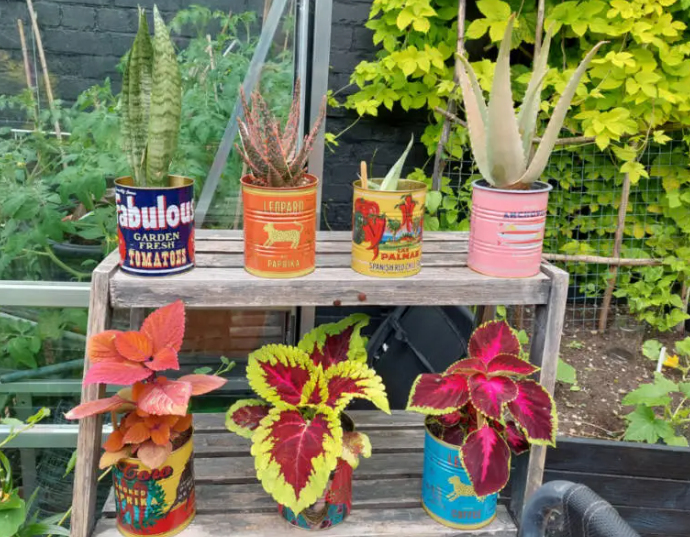As urban living spaces get smaller, gardening in traditional horizontal plots becomes more challenging. However, vertical gardening offers a clever solution, allowing you to grow plants in limited spaces by utilizing vertical surfaces. Whether you’re working with a tiny balcony, a small patio, or even an indoor area with little floor space, a DIY vertical garden can turn otherwise unused walls into lush green areas. Here’s how to create your own vertical planter and make the most out of every inch of space.
Why Vertical Gardening?
Vertical gardens are not only space-saving, but they also add aesthetic appeal and can be highly functional. They can help you grow herbs, flowers, strawberries, or even small vegetables like lettuce and peas, all while enhancing the ambiance of your home or garden. By planting vertically, you can increase air circulation, reduce pest problems, and allow for easier access to plants. It’s also a fantastic way to add a touch of nature to otherwise bare or uninspiring walls.
Materials You’ll Need:
Wooden boards (for the frame, if building from scratch)
Pocket fabric or mesh (to hold the soil)
Nails, screws, or staples (for assembly)
Planting soil (for filling the planters)
Plants (herbs, flowers, or vegetables suited for vertical growth)
Watering system (optional, but a drip irrigation system or watering can will work)
Plan Your Vertical Garden Design Before you begin, decide on the design of your vertical garden. There are several ways to create a vertical planter:
Pallet Garden: An old wooden pallet can be repurposed into a vertical garden by adding mesh or fabric to the back and filling the spaces between the slats with soil.
Hanging Planters: You can suspend multiple small planters or pots from a wooden board or a rope system, making sure they’re staggered for even sunlight distribution.
Pocket Planters: Fabric pocket planters are easy to install on any wall or fence and provide multiple planting spaces within a single piece of fabric.
Assemble Your Frame (if applicable) If you’re using a wooden pallet or making a custom frame, use nails or screws to assemble the structure. For a freestanding vertical garden, ensure the frame is sturdy enough to hold the weight of the soil and plants. You can also choose to mount it on a fence, wall, or railing, depending on the available space.
Install Planting Containers For pocket planters, simply hang or secure the fabric along your chosen wall or frame. The fabric will hold the soil in place, creating individual pockets for each plant. For pallet gardens, staple or nail mesh to the back of the pallet and fill the slats with potting soil. This allows for an easy-to-maintain system where plants can root directly into the soil.
Fill with Soil Carefully fill each pocket or slot with nutrient-rich potting soil. Be sure to pack the soil loosely so that water can drain easily, especially for plants like succulents or herbs that don’t require excessive moisture. For larger planters, you might want to add some slow-release fertilizer to promote healthy plant growth.
Choose Your Plants Now comes the fun part—choosing your plants! Opt for smaller plants or those that thrive in compact environments. Herbs like basil, thyme, and mint are perfect for vertical gardens, as are small flowering plants, strawberries, or even lettuce. For an indoor garden, consider low-maintenance plants such as pothos, ivy, or succulents.
Water and Maintain Because water can run off quickly in vertical gardens, you’ll want to water your plants carefully. For outdoor vertical gardens, you may want to install a drip irrigation system to ensure even watering. For indoor gardens, a watering can with a spout is ideal for targeting each pocket. Keep an eye on your plants for signs of overwatering or under-watering, and adjust your watering schedule accordingly.

Benefits of Vertical Gardening:
Space Efficiency: Vertical gardening allows you to grow more plants in a smaller area, making it perfect for urban dwellers or those with limited space.
Aesthetic Appeal: A vertical garden creates a stunning visual element, turning bare walls or fences into living green spaces.
Improved Air Quality: Indoor vertical gardens can help purify the air by absorbing toxins and releasing oxygen.
Easy Access and Maintenance: Vertical gardens make it easier to tend to your plants, especially for those with mobility challenges. Plus, they’re generally easier to water and maintain.






